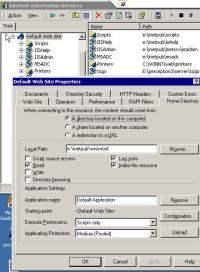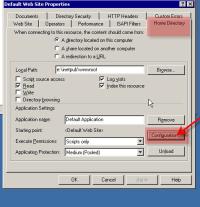One of the more amazing characteristics of fish is their ability to learn by imitation. I’ve noticed imitative behaviors in all of my fish, including goldfish, parrot cichlids, convict cichlids, severums and oscars. Although they come out of the egg already knowing how to swim, how to eat, and how to hide, they add new behaviors as they grow.
Learning attitude: Parrot Cichlids
When young parrot cichlids are put in a tank by themselves, they will usually remain shy for weeks or months. They will hide behind anything they can. If there is nowhere else to hide, they will hover at the top corner of the tank tipping downward slightly, pretending to be part of the filter. However, if they are put into a tank with adult parrot cichlids who have no fear of humans, they get over their shyness very quickly! When we got one of our younger parrots, “Baby,” she immediately adopted the oldest parrot cichlid Winston (a female) as her “mother.” She would follow Winston around, and generally imitate everything she did, and as a result showed very little fear of us.
But most of our newly acquired parrot cichlids spend at least a day or two hiding, during which they peek out from a secure spot to observe what’s going on in the tank.
Continue reading

